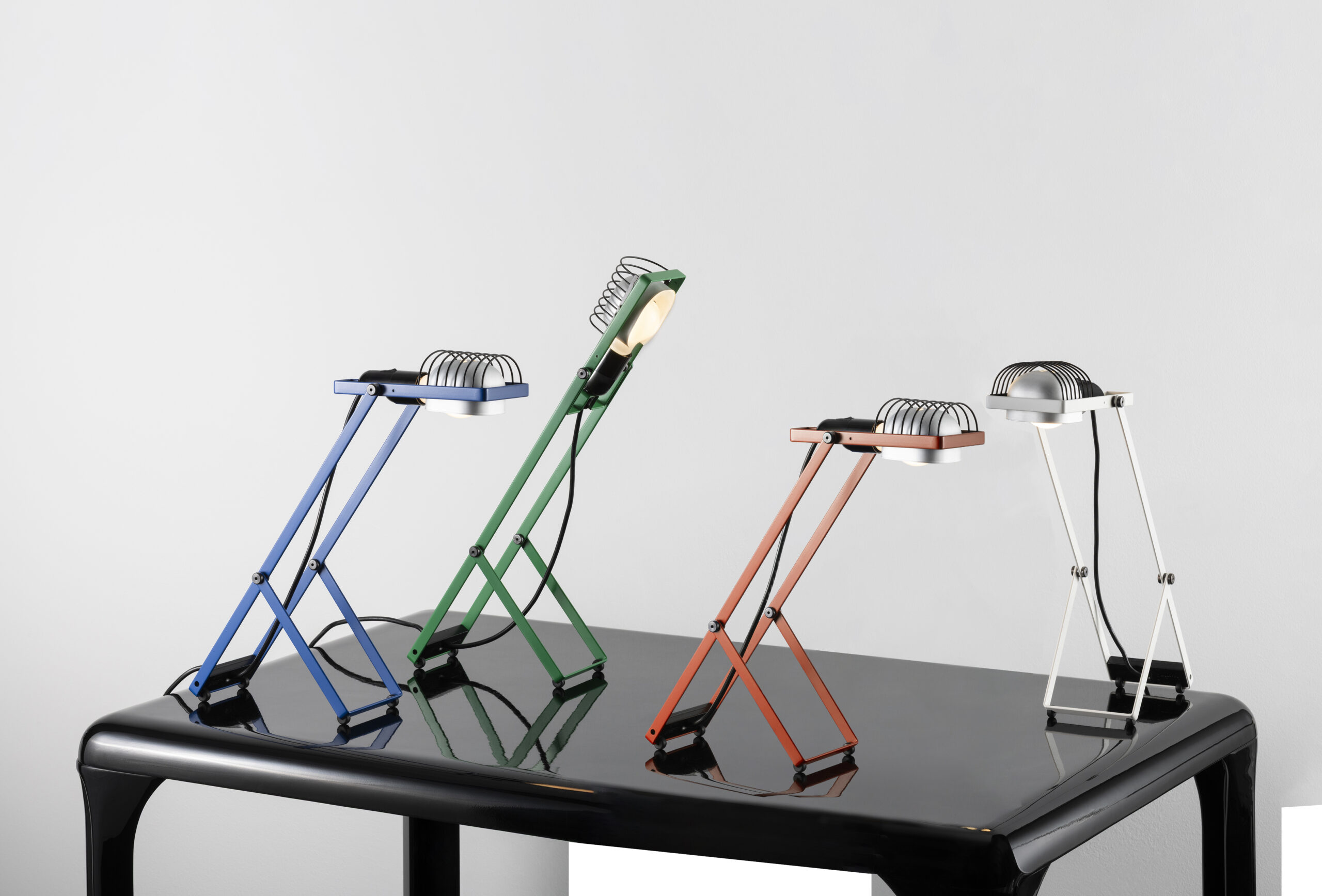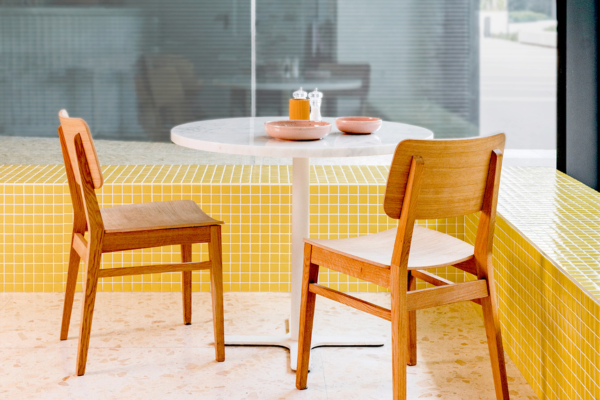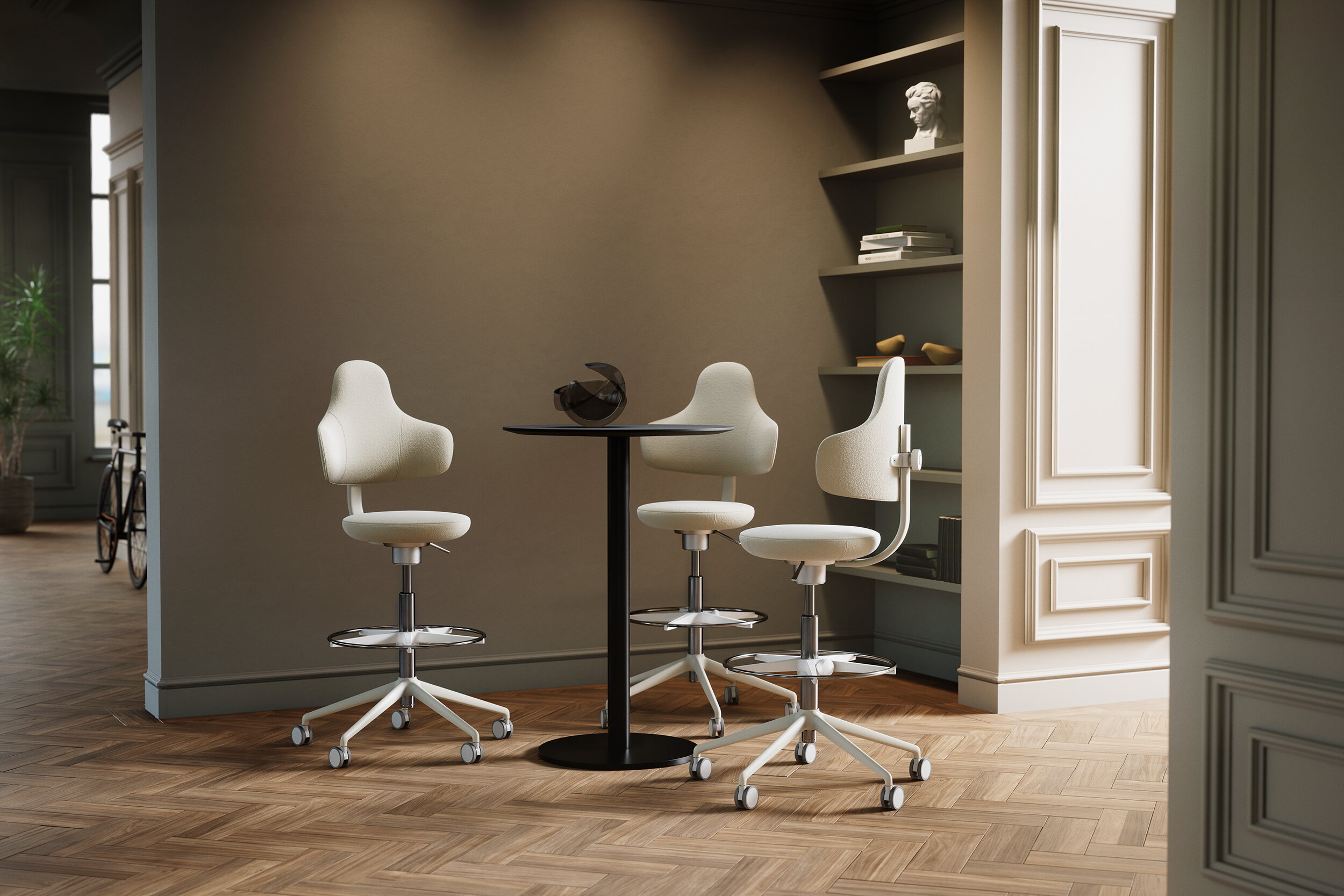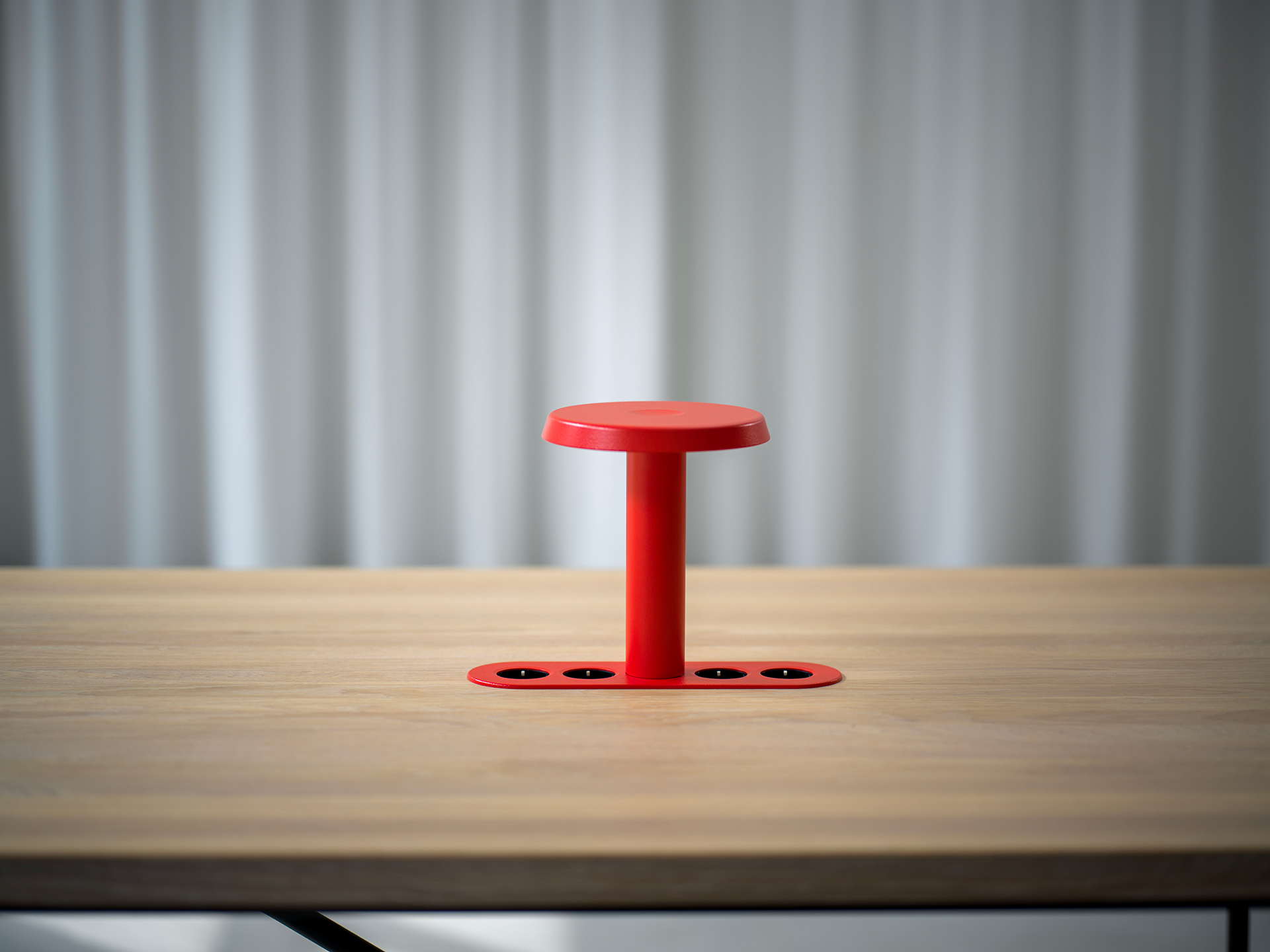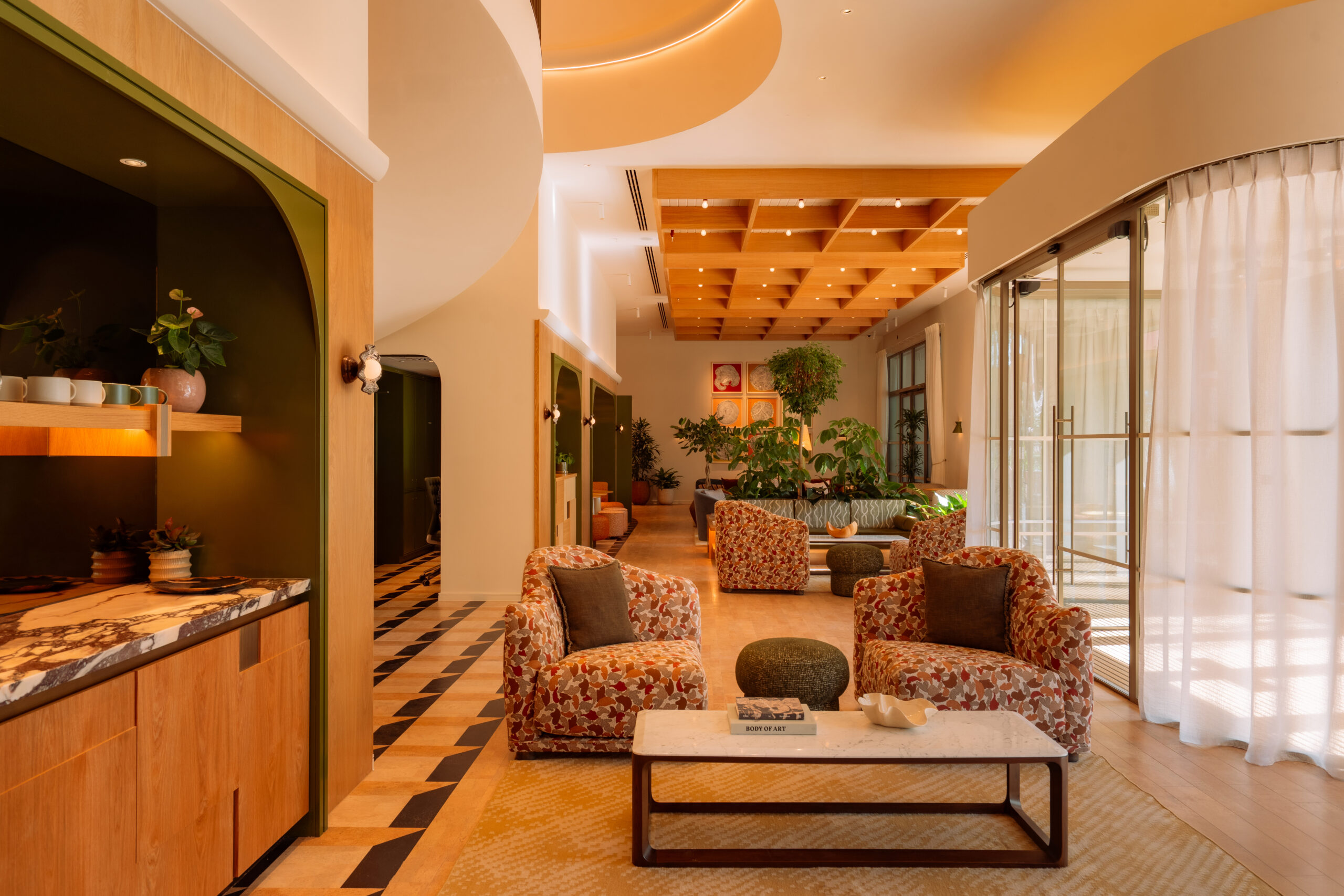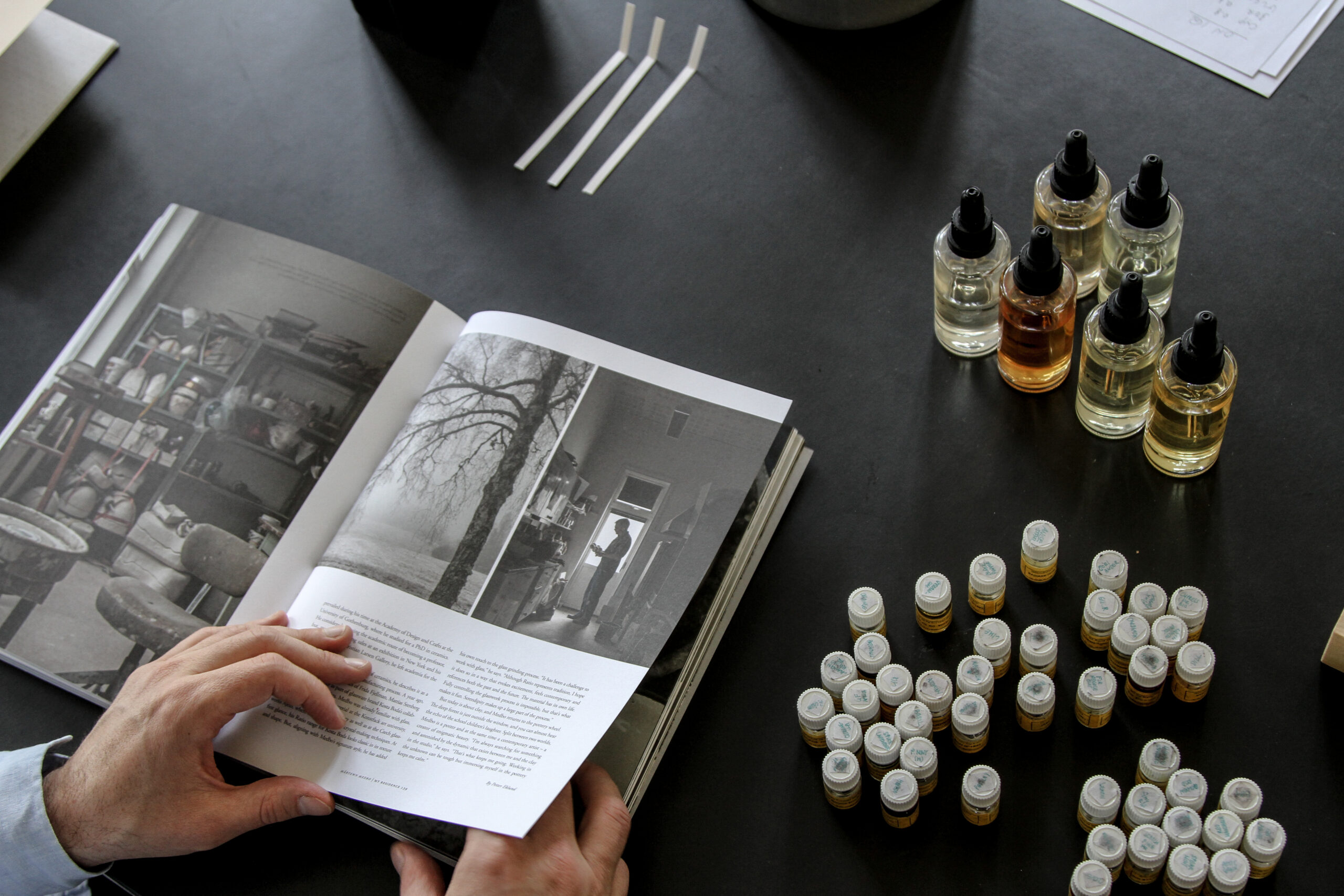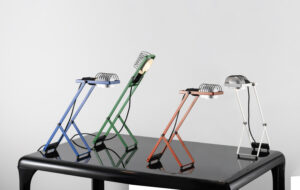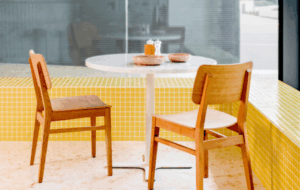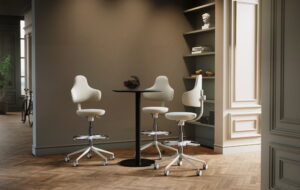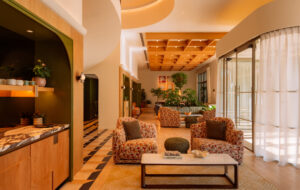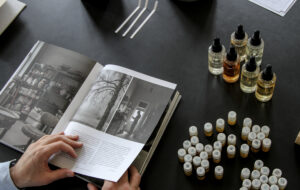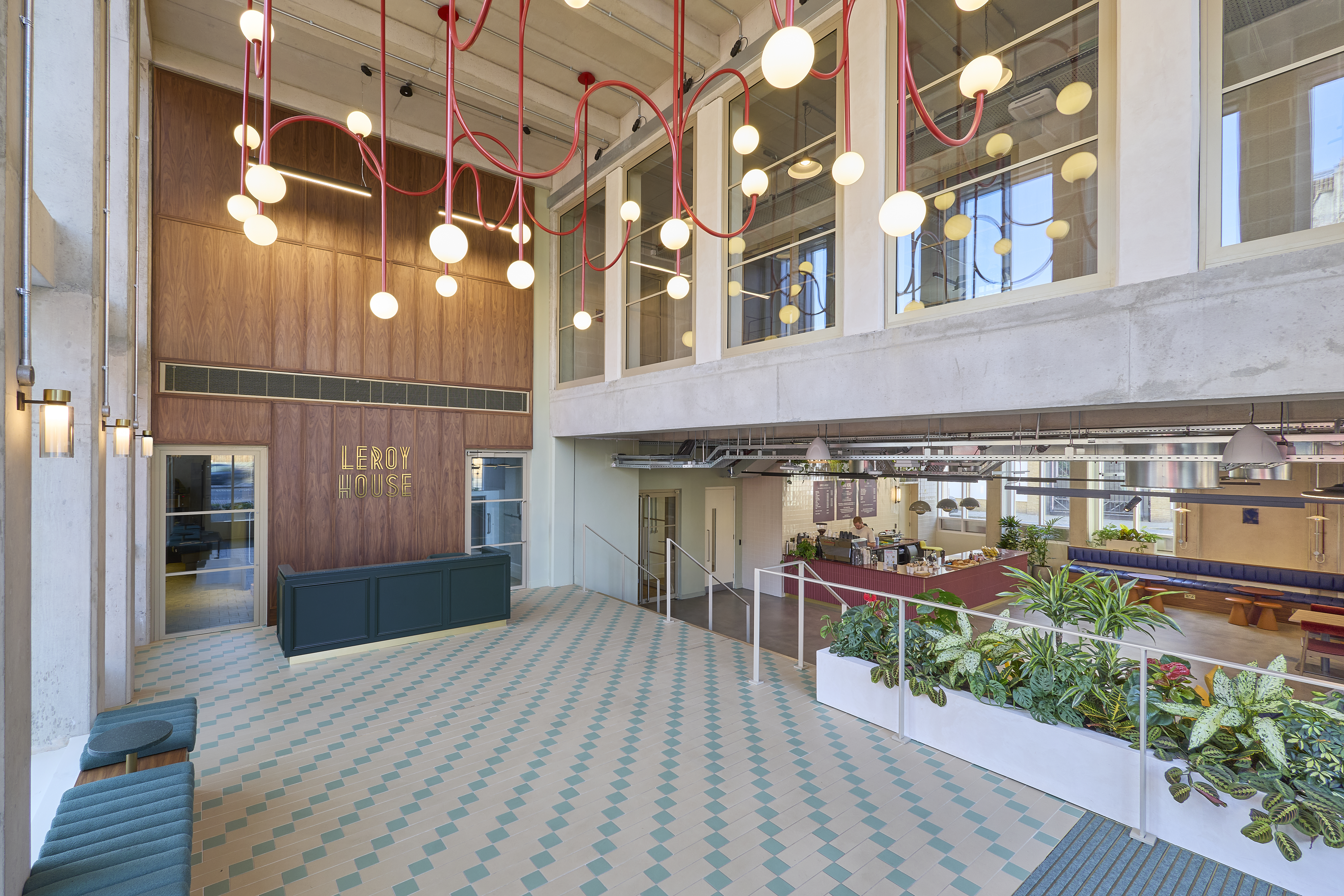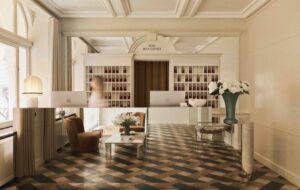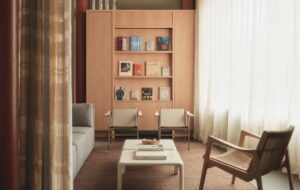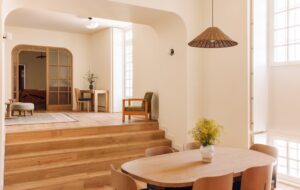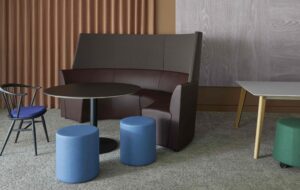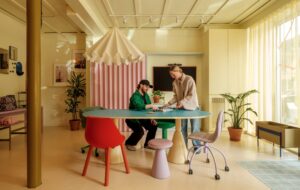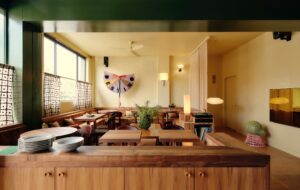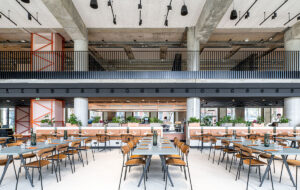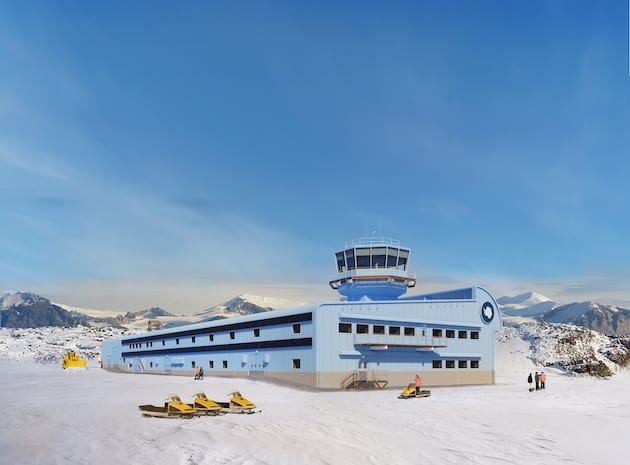 |||
|||
In 1820, the British naval officer Edward Bransfield became the first recorded person to behold the continent of Antarctica.
To commemorate this moment’s 200th anniversary, British Antarctic Survey (BAS) has announced the Discovery Building, a new arm of the Rothera Research Station. Commissioned by the Natural Environment Research Council, it aims to secure Britain’s strength in biosciences, geosciences, glaciology and meteorology. Ground broke on the project in early 2020, and it aims to complete in 2023.
Designed by London-based Hugh Broughton Architects (HBA) with fellow architects NORR and enginnering consultants Ramboll, Sweco and Turner & Townsend, the Discovery Building is a two-storey, 4,500sq m structure that will replace a previously existing cluster of smaller buildings. It contains numerous facilities for those working at the station, including preparation areas for field expeditions, a central store, a medical centre, offices, workshops and recreation areas.
 The station has been designed to combat seasonal affective disorder over Antarctica’s dark winters. Image courtesy of Hugh Broughton Architects.
The station has been designed to combat seasonal affective disorder over Antarctica’s dark winters. Image courtesy of Hugh Broughton Architects.
“This cutting-edge facility,” says Hugh Broughton, “will support scientists who are investigating the impacts of climate change on our planet as we race to find solutions which will support our future.”
The Discovery Building will also serve to minimise the environmental impact of the Research Station. It has an aerodynamic, energy-efficient designer. Oriented to face the prevailing wind, it will feature the largest snow and wind deflector in Antarctica.
Its light-blue colour is both inspired by the Antarctic skies and helps to minimise degradation from the continent’s high levels UV. A metal panel exterior aims to make the structure heat-efficient.
 The location of the Discovery Centre has been optimised to defend against the Antarctic climate. Image courtesy of Hugh Broughton Architects.
The location of the Discovery Centre has been optimised to defend against the Antarctic climate. Image courtesy of Hugh Broughton Architects.
As part of the process, the architects consulted field staff on their preferences and concerns. The resulting study has led to an interior with open-plan workplaces and break-out areas, and a vibrant colouration to combat seasonal affective disorder through the dark winters.
HBA have developed a specialism for designing buildings in Antarctica. Last year, they began working with New Zealand-based studio Jasmax on a complete redevelopment of New Zealand’s Scott Base, founded in 1957 by Edmund Hillary.
 The British Antarctic Survey Halley VI research station on the Brunt Iceshelf, Antarctica, designed by HBA with Aecom. Photo: James Morris
The British Antarctic Survey Halley VI research station on the Brunt Iceshelf, Antarctica, designed by HBA with Aecom. Photo: James Morris
In 2013, HBA and Aecom created the Halley VI Antarctic Research station, a portable facility for BAS, designed to be shifted inland as the ice shelf it stands above drifts seawards. And between 2007 and 2016 they replaced Spain’s summer-only research station on Livingston Island.
HBA have also worked on a range of projects in Britain, including the restoration of Greenwich’s Painted Hall, the Portland Collection inNottinghamshire and the Henry Moore Studios & Gardens in Hertfordshire.
The new centre aims to bolster British research into climate, oceans and biodiversity

